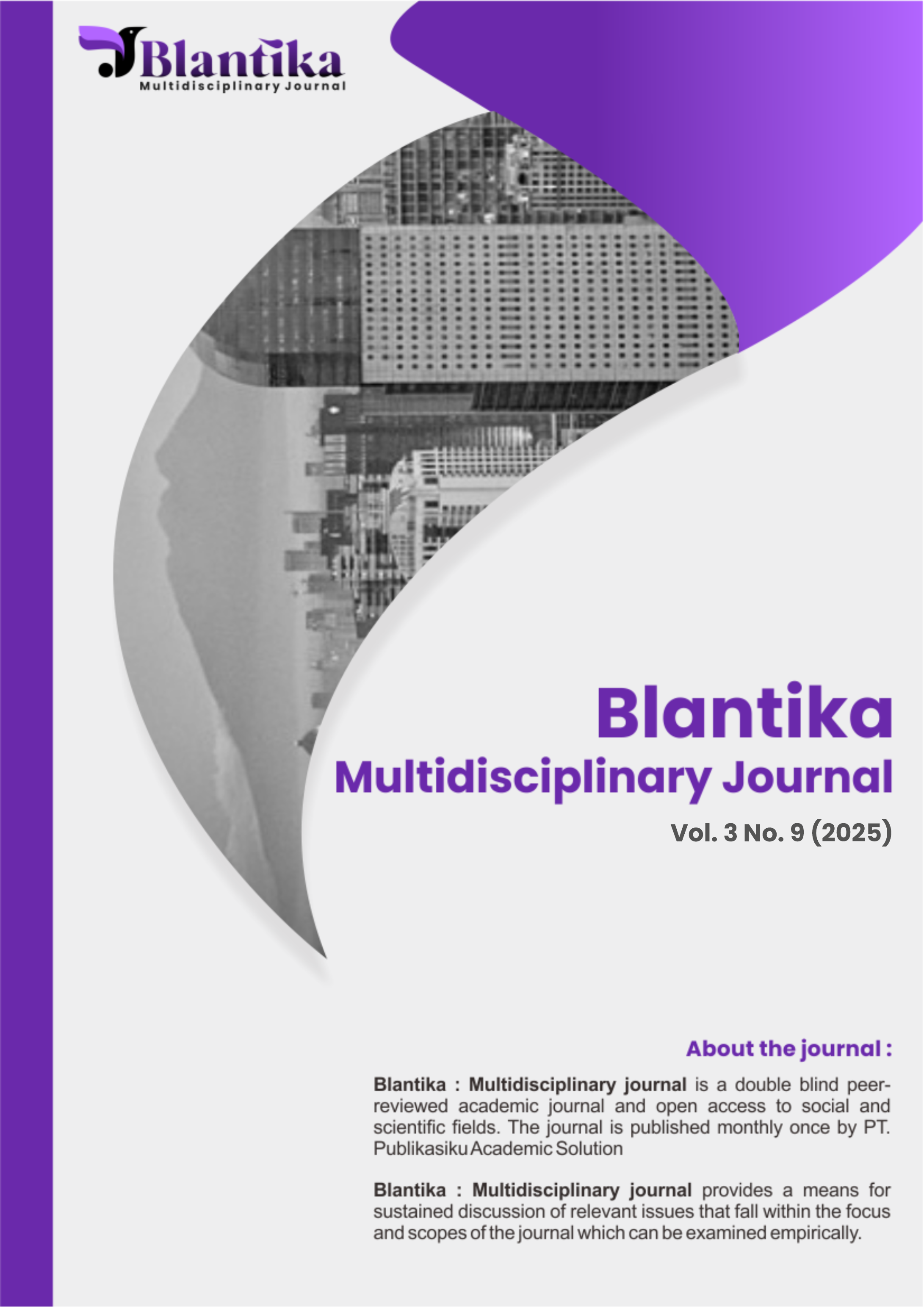Hubungan Asi Eksklusif dengan Kejadian Stunting pada Balita Usia 0 - 23 Bulan di Wilayah Kerja Puskesmas Amahai Kabupaten Maluku Tengah
DOI:
https://doi.org/10.57096/blantika.v3i9.401Keywords:
exclusive breastfeeding, stunting, toddlers, public health center, maternal and child nutritionAbstract
Long-term undernutrition can lead to stunting, a chronic nutritional issue. It is brought on by insufficient dietary intake during pregnancy or in growing children. One of the factors that contributes to stunting is not having exclusive breastfeeding during the first six months of life. This study uses an analytical observational method with a cross-sectional research design and total sampling, encompassing 92 samples, to examine the association between the incidence of stunting and exclusive breastfeeding. All mothers and infants between the ages of 0 and 23 months who live in the Amahai Public Health Center's service area in Central Maluku Regency make up the research population. The study employed the Chi-square test to investigate the association between stunting and exclusive breastfeeding, and the Prevalence Ratio (PR) was computed to evaluate risk levels. According to the findings, stunting and exclusive breastfeeding were significantly correlated (p = 0.017). Stunting was more likely to occur in children who were not breastfed exclusively (PR = 0.355; 95% CI: 0.150–0.840). These results suggest that toddler stunting can be avoided with exclusive breastfeeding. This study emphasizes how crucial it is to spread knowledge and encourage exclusive breastfeeding as a stunting prevention method, particularly in remote regions like Amahai.
Downloads
Published
Issue
Section
License
Copyright (c) 2025 Risa K.F Sahalessy, Robby Kalew

This work is licensed under a Creative Commons Attribution-NonCommercial-ShareAlike 4.0 International License.





